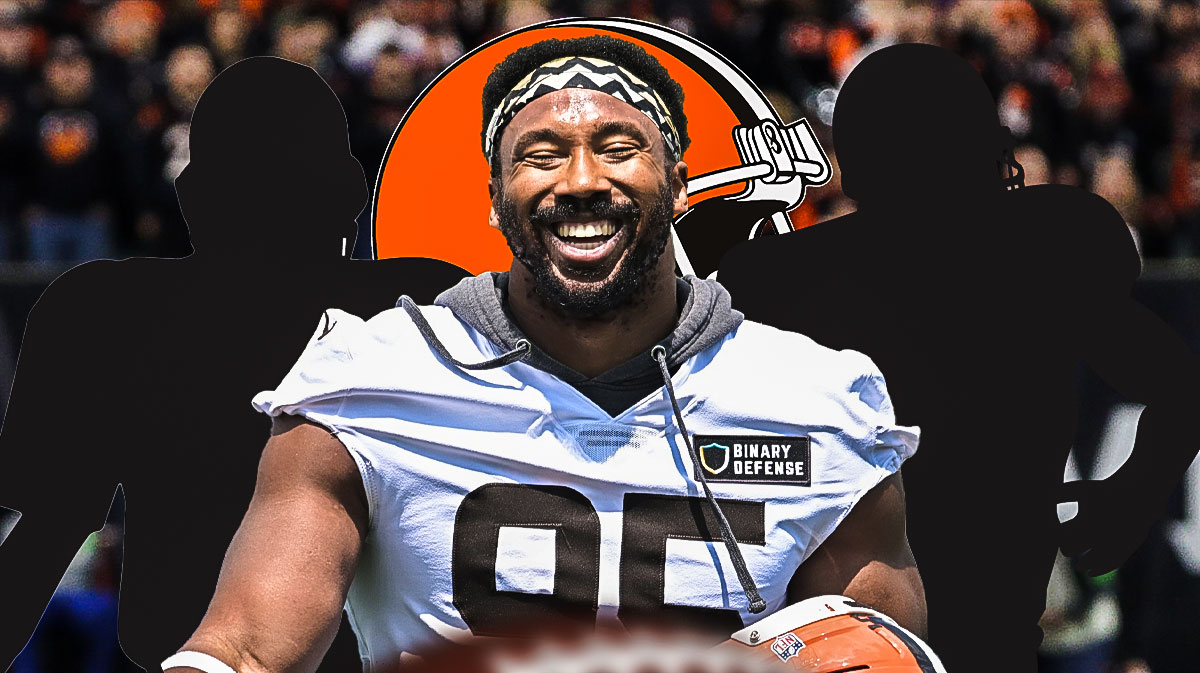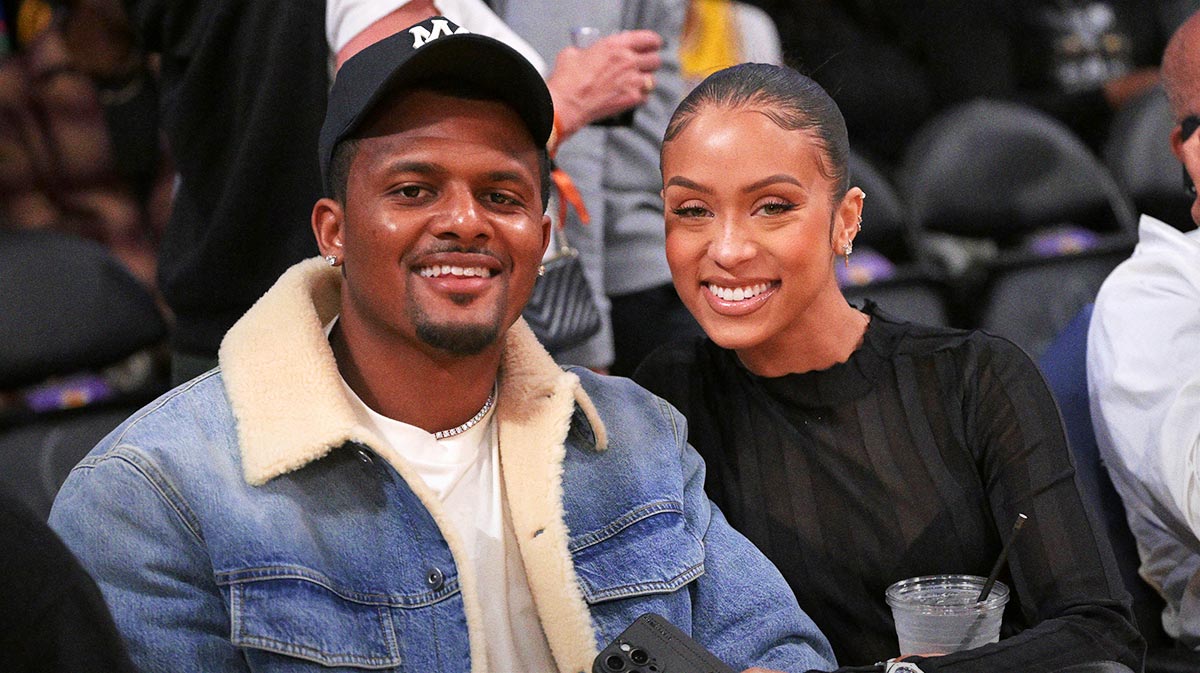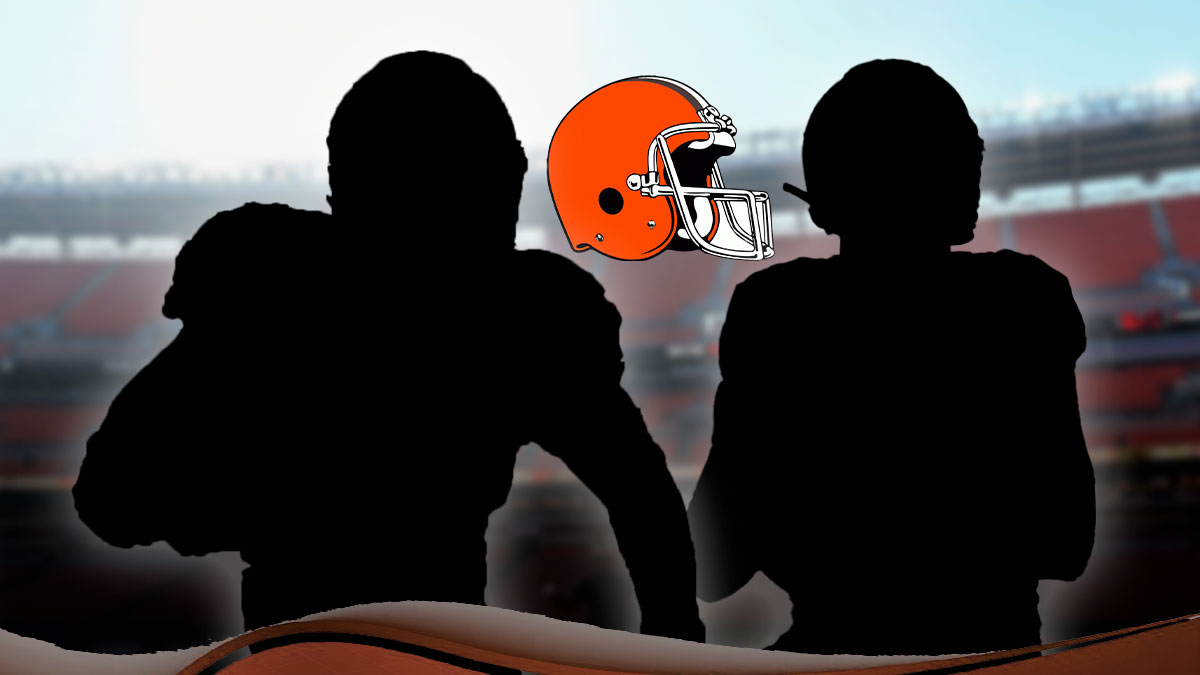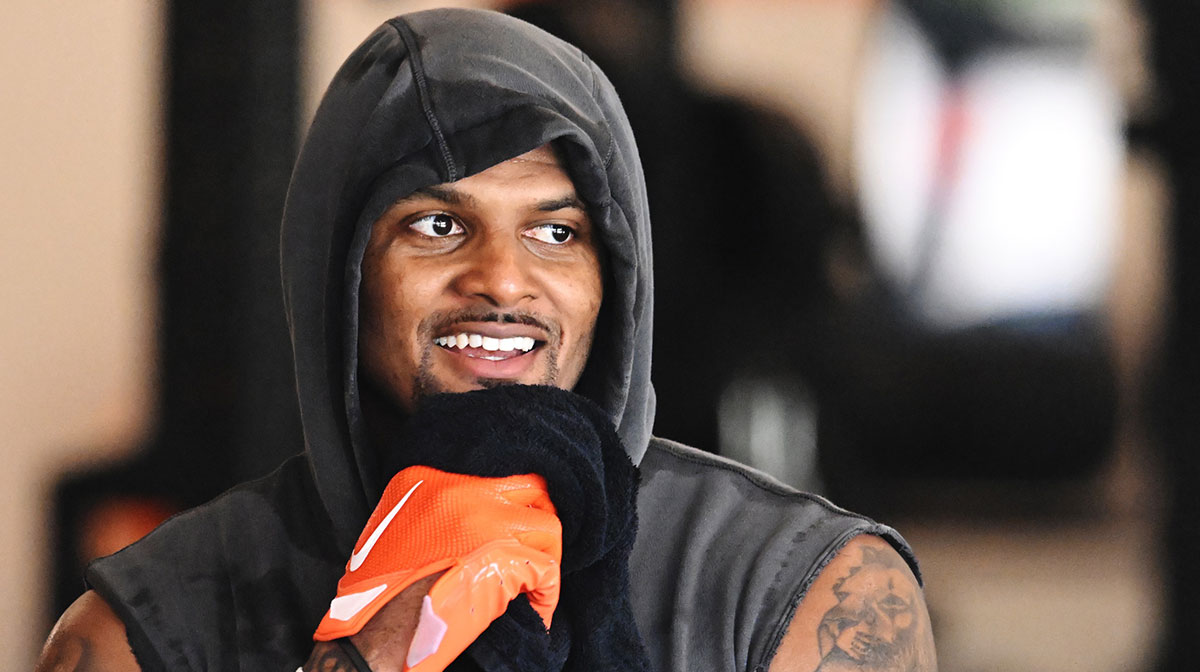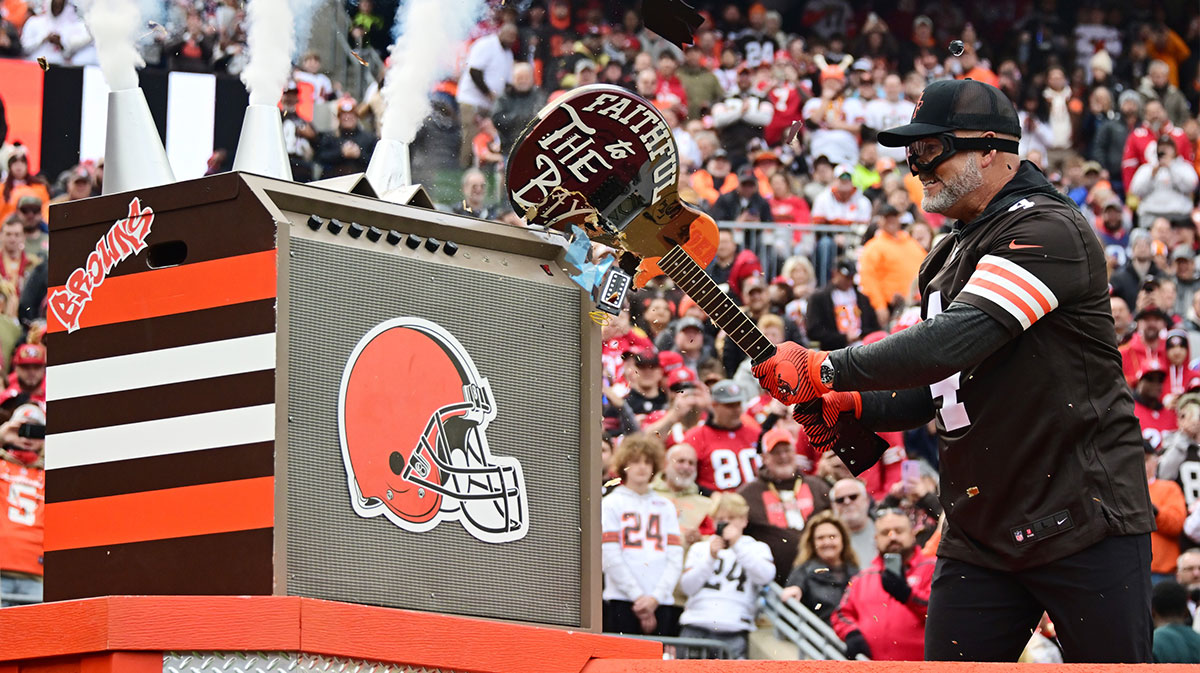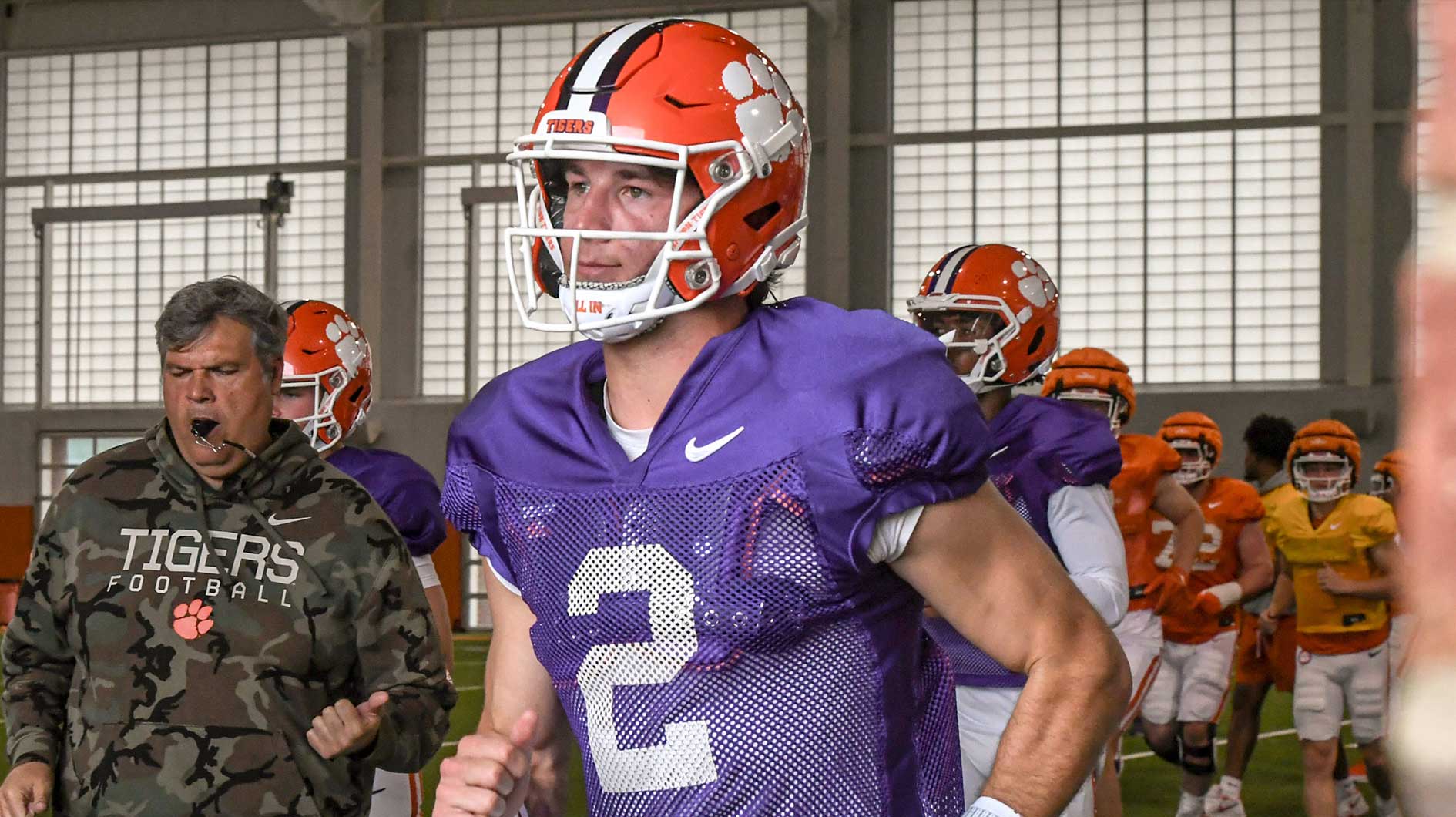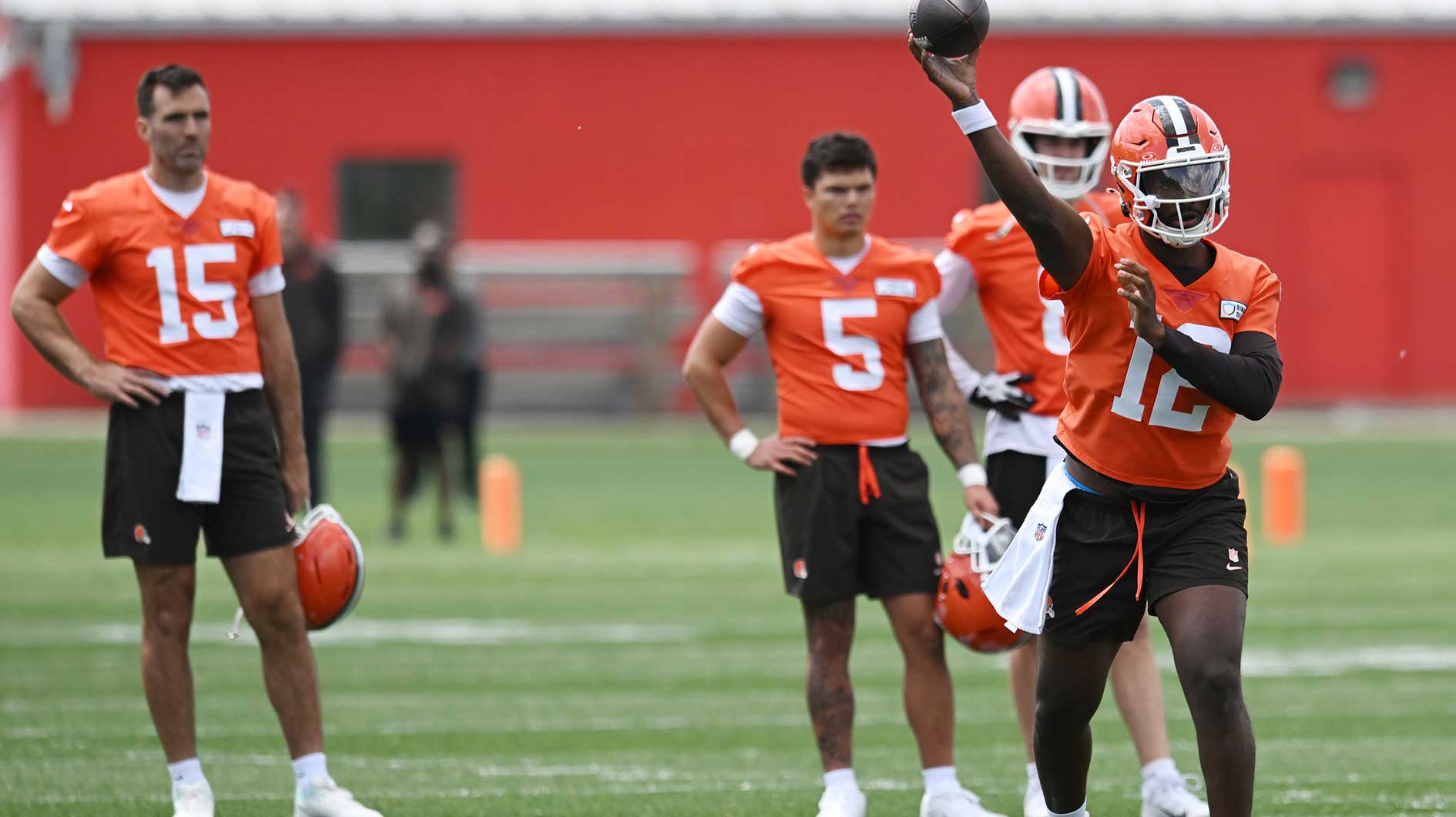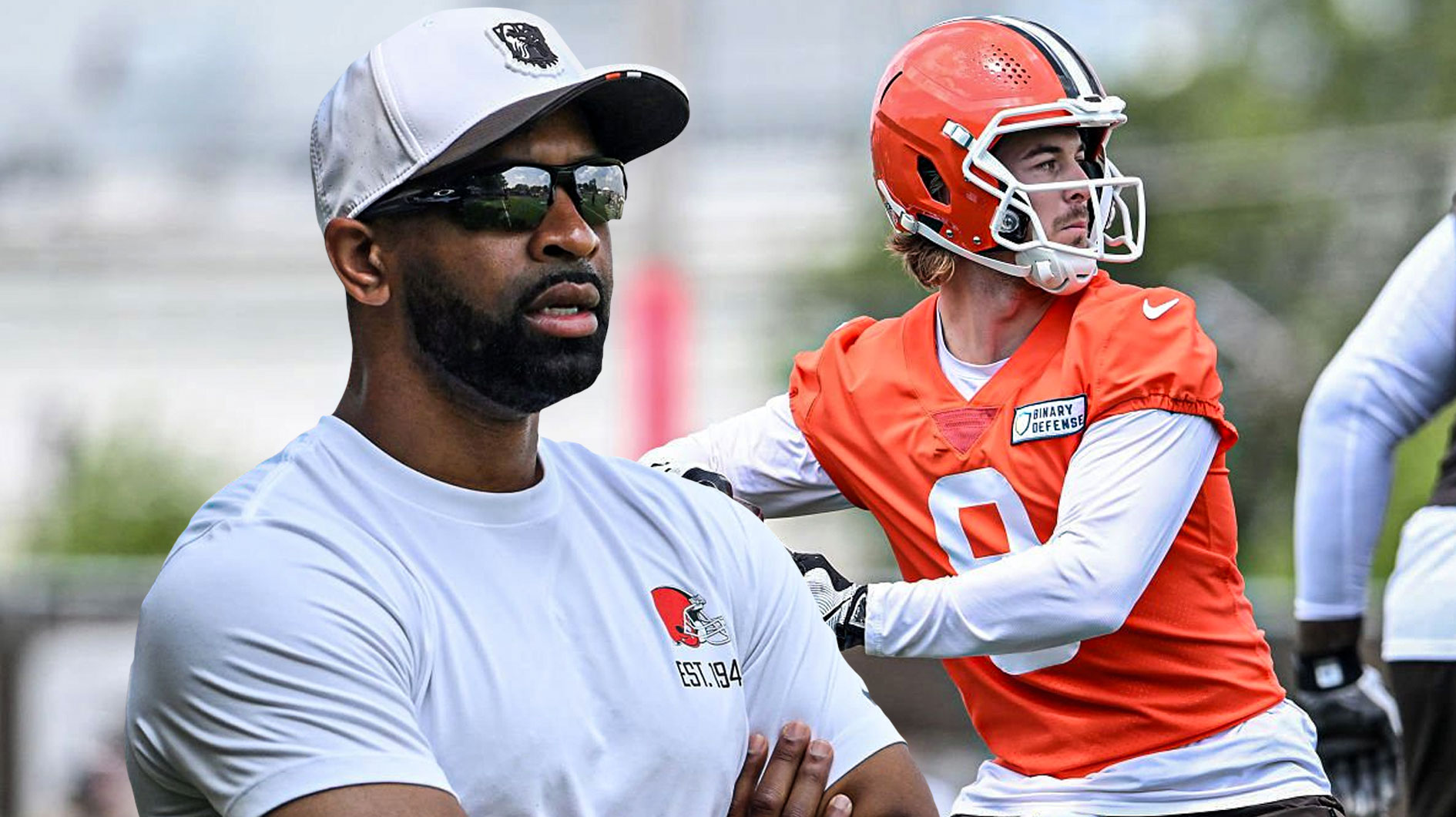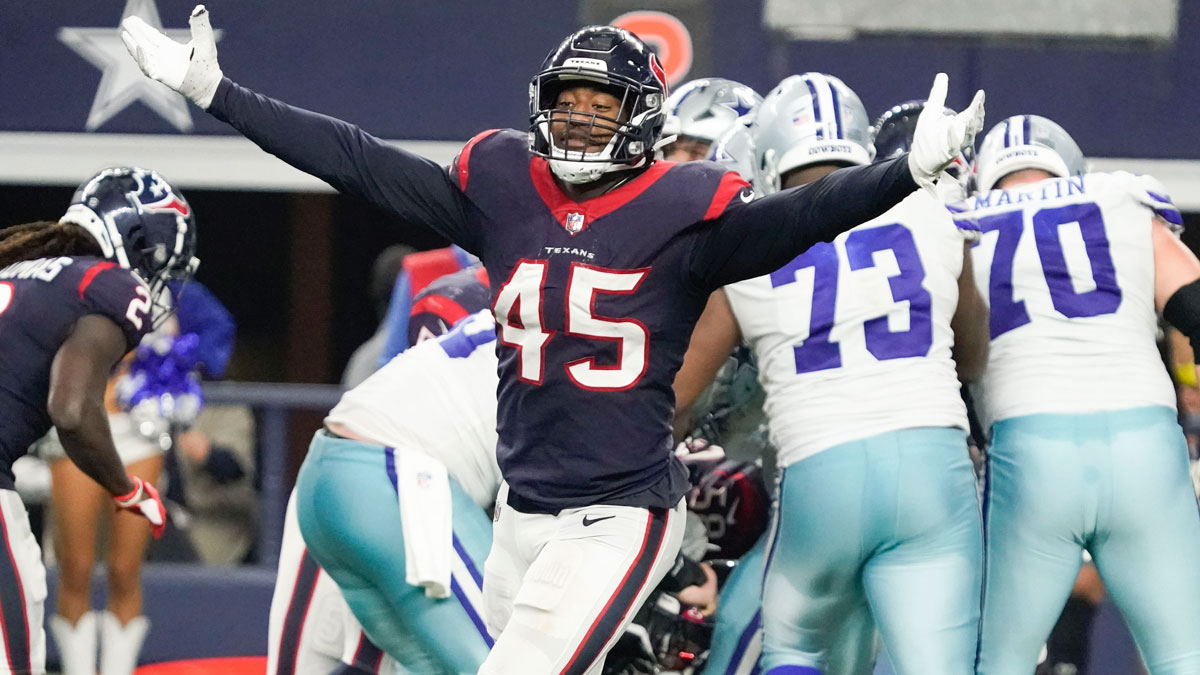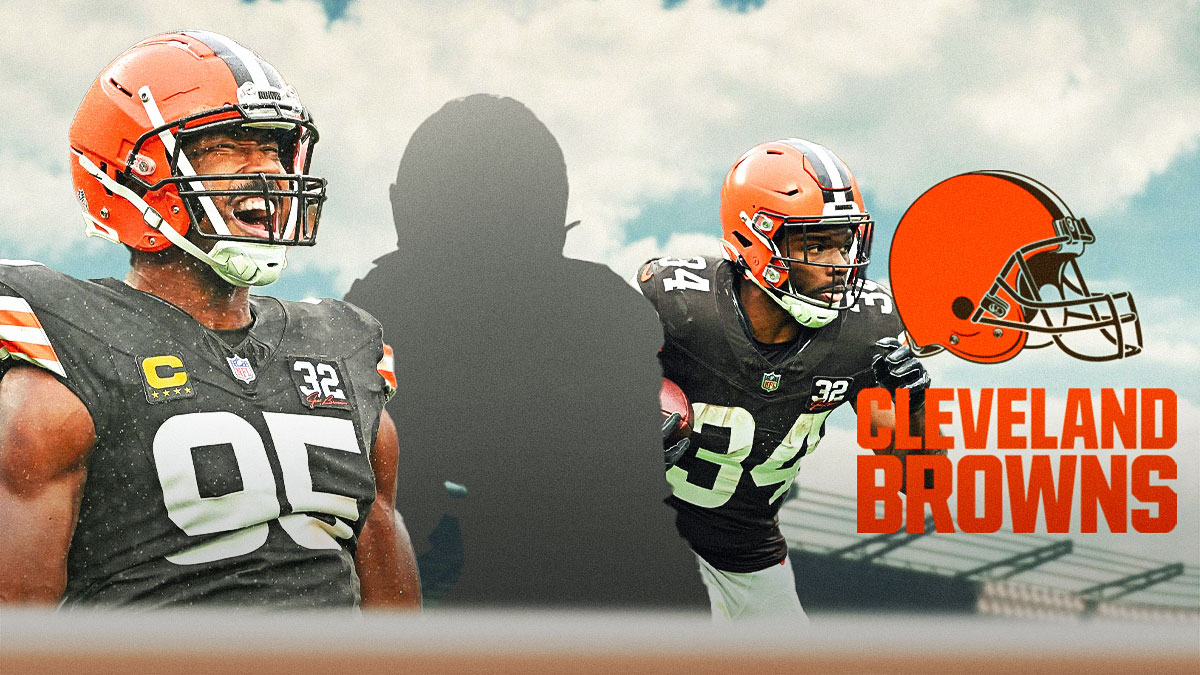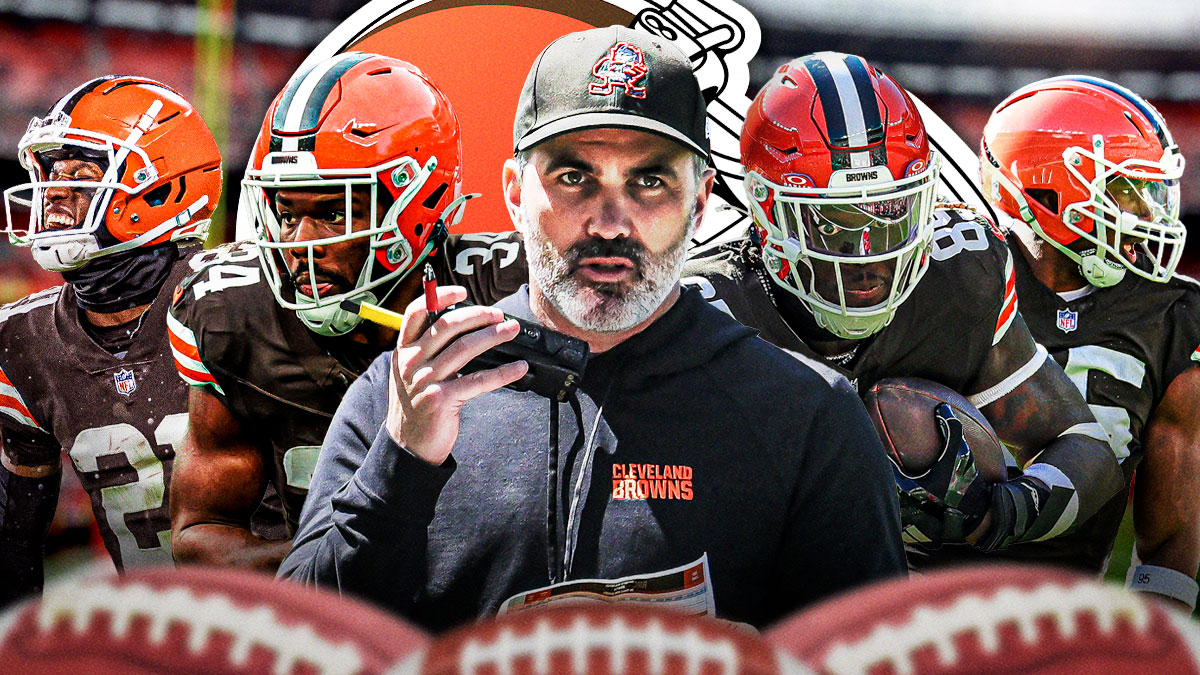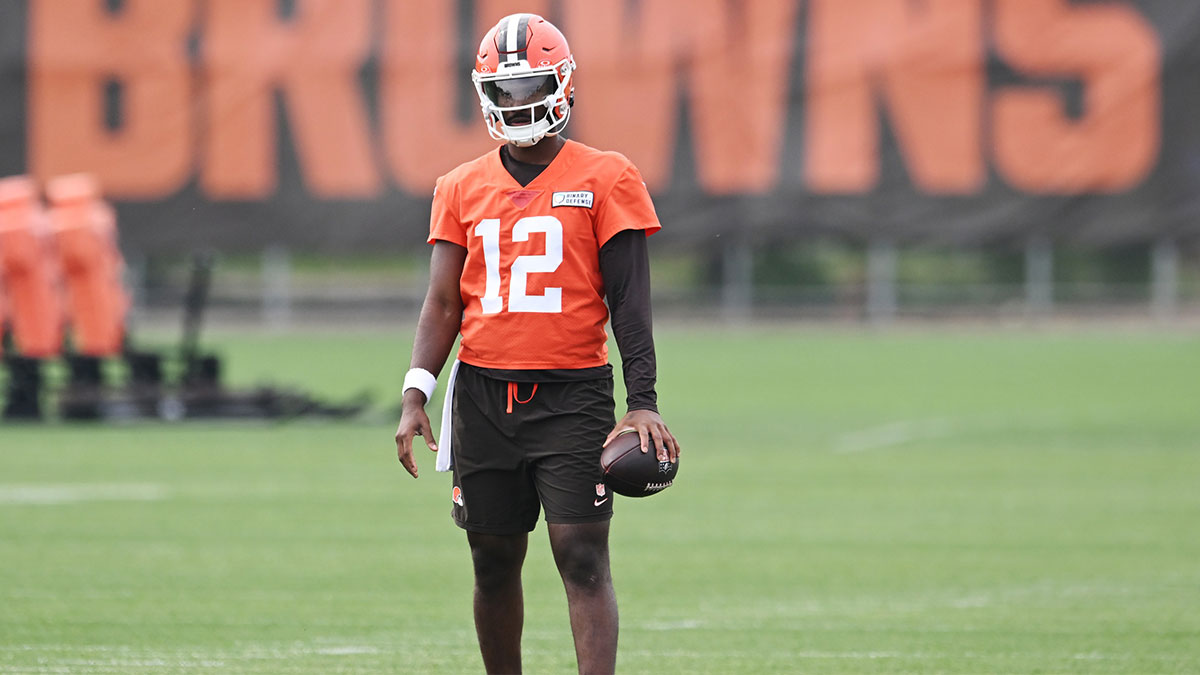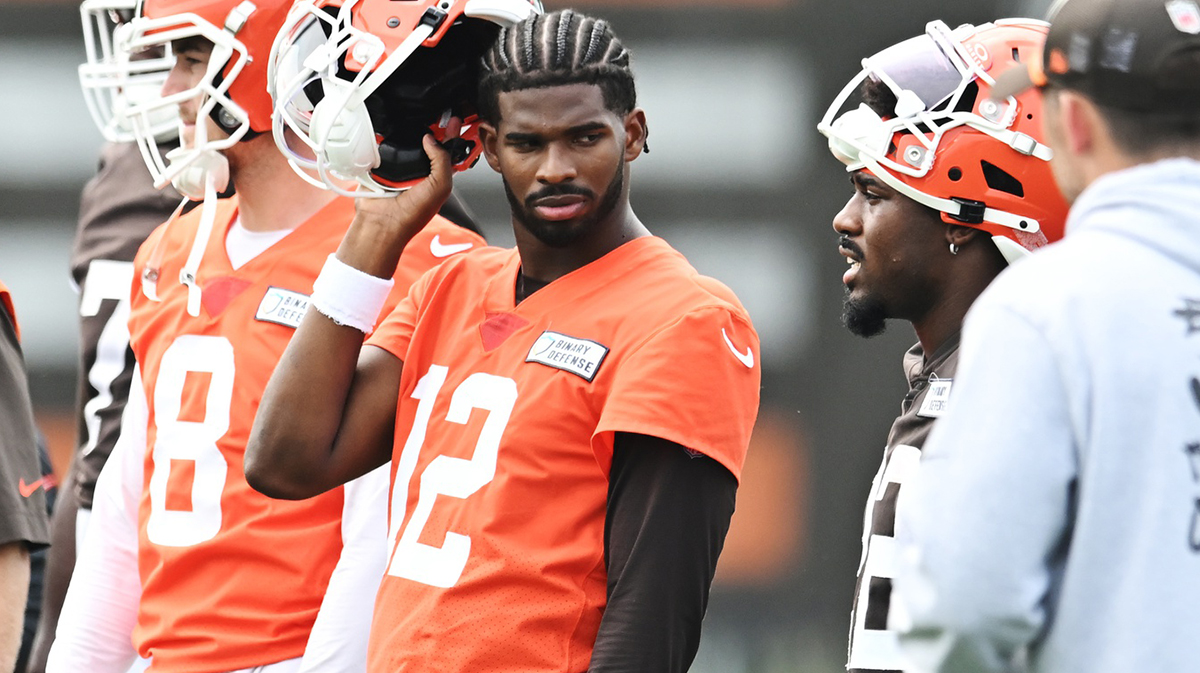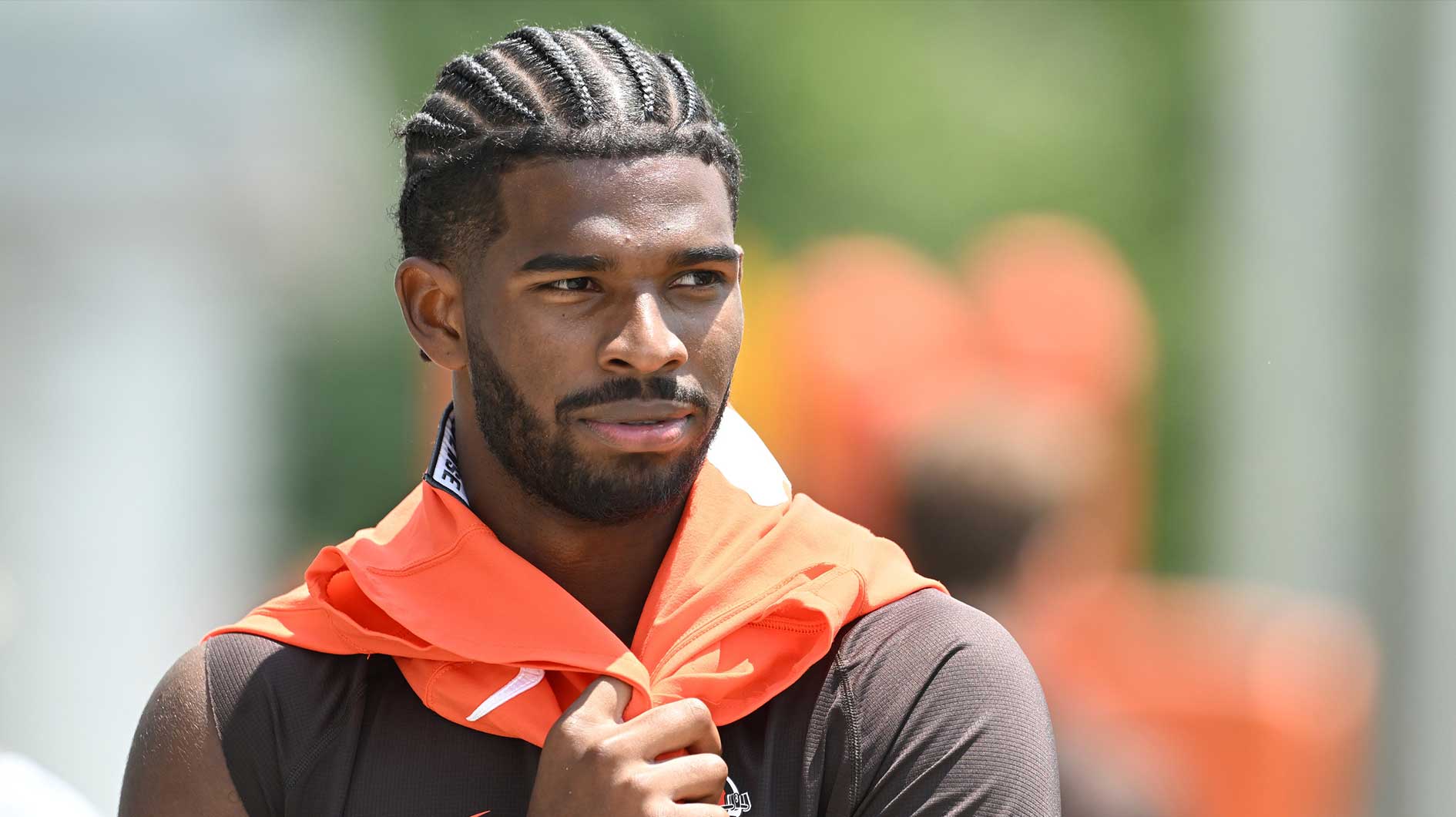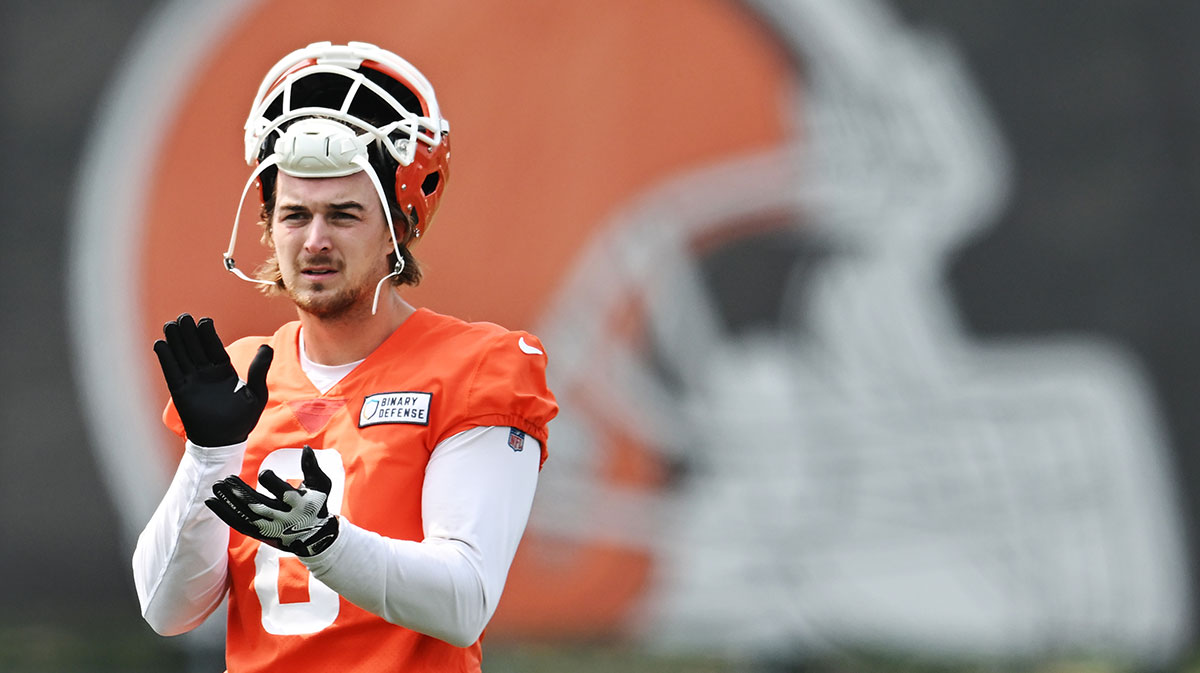John Dorsey had a fantastic first year with the Cleveland Browns, responsible for many different moves that helped the team win seven games, chief among them being the addition of quarterback Baker Mayfield. Even though Dorsey made plenty of excellent transactions, he wasn't perfect. Here are his five biggest mistakes from year one in Cleveland.
5. Trading for Tyrod Taylor
Hindsight is 20/20, but even at the time, this move was rather puzzling. Yes, Taylor looked like he was going to be the best Browns QB since 2007's Derek Anderson, and more importantly, he would provide stability at the position while the rookie first overall pick sat and learned.

However, Dorsey gave up the first pick of the third round, 65th overall, for Taylor, who was going to become a free agent after the 2018 season and was not going to be retained past that, as the rookie would start in 2019 no matter what. Pick #65 is still very valuable, and while things worked out fine for the Browns, since Taylor started only three games, Cleveland could have just signed a free agent like A.J. McCarron, who then-head coach Hue Jackson tried to trade a second and third-round pick for at the 2017 trade deadline.
Dorsey ended up trading down from pick 64 and still selected in the early third round, but if he had pick 65, the players he could've taken include DT B.J. Hill, EDGE Sam Hubbard, RT Orlando Brown Jr., and WR Tre'Quan Smith. Still, Mayfield has said that Taylor's instruction was a major reason why he was so prepared to play, so it's hard to fault Dorsey for the trade, even if it was an overpay.
4. Signing Carlos Hyde

This mistake is less Dorsey's and more of the coaching staff's. Hyde was an upgrade over Isaiah Crowell, who joined the New York Jets. Hyde was a power back who needed plenty of carries in order to be effective. The Browns wanted to be a running team, and Hyde grew up in Cleveland, so it was a perfect fit. He was the primary back for the first six games of the year, and scored five touchdowns, but averaged only 3.4 yards per carry.
Nick Chubb, the 35th overall pick, received just 16 carries in that time, but turned them into 173 yards and two scores. He was clearly the more effective back, but Jackson and offensive coordinator Todd Haley continued to keep him on the bench. Dorsey had structured Hyde's contract so that he could be cut after the season with no penalty; this was so that Chubb could start in 2019. It was a fine plan, but Chubb had overtaken Hyde much quicker than anyone expected.
Dorsey forced Jackson and Haley to play Chubb by trading Hyde to Jacksonville, where he averaged 3.3 carries and will likely be released this offseason. Again, it wasn't really Dorsey' fault that this happened, but if Chubb was the starter all season, perhaps the Browns would have won more than two of their first six games.
3. Handling of the LT situation
Since 2007, Browns fans have never had to worry about their QB's blindside. Joe Thomas, the first offensive lineman in NFL history, set the record for consecutive snaps played with 10,363 plays in a row.
#blessed pic.twitter.com/2Ho8MxmpmO
— Joe Thomas (@joethomas73) August 25, 2017
Then, in a game against the Tennesee Titans in 2017, everything changed. Thomas suffered a torn triceps, and announced his retirement following the season. His replacement, Spencer Drango, was released by the team, so Dorsey at least realized he had to find a suitable replacement. Former Bronco Donald Stephenson was signed, but then abruptly retired, although based on his time in Denver, it may not be a bad thing that he never took the field for Cleveland.
Dorsey selected Austin Corbett with the first pick of the second round. Corbett had played LT in college, but was seen almost universally in the draft community as an NFL guard or center because of his relatively short arms. The Browns agreed, and Corbett practiced as a guard. Undrafted free agent Desmond Harrison was a former top recruit for Texas, before being kicked out of the program and playing for West Georgia.
His thin frame and low level of competition kept him from being drafted, but Cleveland was excited to land him afterwards, and for good reason. He was an extremely athletic player who just needed coaching; his potential was a Pro-Bowl tackle. Harrison missed much of training camp due to an injury, which prompted the Browns to resort to their “Plan Z” as OL coach Bob Wylie put it, moving star LG Joel Bitonio out to LT. That decision seemed to work fine in the preseason, but in the “dress rehearsal” third game, Bitonio was moved back inside, Corbett was sent to the bench, and Harrison was inserted at LT, despite being thoroughly unconditioned and unprepared.

Days before the season opener against Pittsburgh, Harrison was announced as the starting LT. He actually didn't fare too poorly against the Steelers, but as the season progressed, Harrison's performance worsened. Once Jackson and Haley were fired, Harrison fell ill, and Greg Robinson replaced him in the starting lineup against the Kansas City Chiefs. Harrison's illness kept him out for the remainder of the year, and over the final eight games, the Browns gave up a total of nine QB hits. The Indianapolis Colts gave up the second-fewest in that timeframe, with 29. Much of that can be attributed to the playcalling of Freddie Kitchens, but Robinson was clearly much better than Harrison.
It's not Dorsey's fault that Jackson and Haley started the wrong player. But the Corbett pick is still mind-boggling. The Browns already had two of the NFL's best guards in Bitonio and Kevin Zeitler, not to mention two of the highest-paid. Corbett will likely take over for either Zeitler or center J.C. Tretter, but that probably won't be this season.
Why draft a backup at your strongest position with the first pick of the second round? There were plenty of players available that would have made a major impact on the team, such as Darius Leonard, Courtland Sutton, Harold Landry, and Josh Jackson. Instead, Dorsey's third draft selection will be riding the pine for his first two years in the league.

2. Drafting Chad Thomas
As bad as the Corbett pick looks, it was still not as bad as Dorsey's fifth selection. In Corbett's defense, he can't get playing time because he has Bitonio and Zeitler ahead of him, and when he did play in the preseason, he performed well. Chad Thomas is a completely different story. Taken with the third pick of the third round, Thomas looked like a star defensive lineman. He had the size and athletic ability that scouts love. However, that's pretty much all he had. Thomas was drafted on potential, not production. He was never really a “good” player in college.
Ideally, Thomas would have played a rotational role during his rookie season, playing EDGE and DT depending on the situation. But he was active for only four games, and didn't record a single statistic. Meanwhile, Sam Hubbard, drafted ten picks later to the rival Cincinnati Bengals, finished with six sacks and a fumble returned for a touchdown. Hubbard didn't possess elite athleticism like Thomas (although his vertical jump was six inches higher), but he had great production in college and always played hard.

Thomas couldn't crack Cleveland's DE rotation, which aside from Myles Garrett and fifth-rounder Genard Avery, had no decent pass rushers. It is too early to give up on Thomas, and perhaps he will end up becoming a solid player. But it would have been nice for Dorsey to have taken a defender who would be able to contribute immediately before taking a project.
1. Cutting Carl Nassib
Thomas's lack of production was exacerbated by the loss of Carl Nassib, who was popular in the locker room and a high-effort player. He had 5.5 sacks in his first two seasons with the Browns, and was a solid run stopper. He was rumored to be on the roster bubble, which surprised many, as the Browns weren't exactly deep at DL. But Nassib made it through the final round of cuts, to relief of fans.
Unfortunately, news broke shortly after that Nassib had been waived to make room for Ifeadi Odenigbo, a waiver claim from the Vikings. Odenigbo never even dressed for a game with Cleveland, and was cut 20 days later, only to eventually wind up back in Minnesota. Meanwhile, Nassib was claimed by the Tampa Bay Buccaneers, and had the best season of his career, finishing with six sacks, including two in a win against his former team in Week 6.
John Dorsey had an excellent first season with the Browns, but he made his share of mistakes as well. Still, Browns fans can probably live with these failures if it means Dorsey continues to add top-tier talent to the roster for a legitimate playoff push in 2019.

